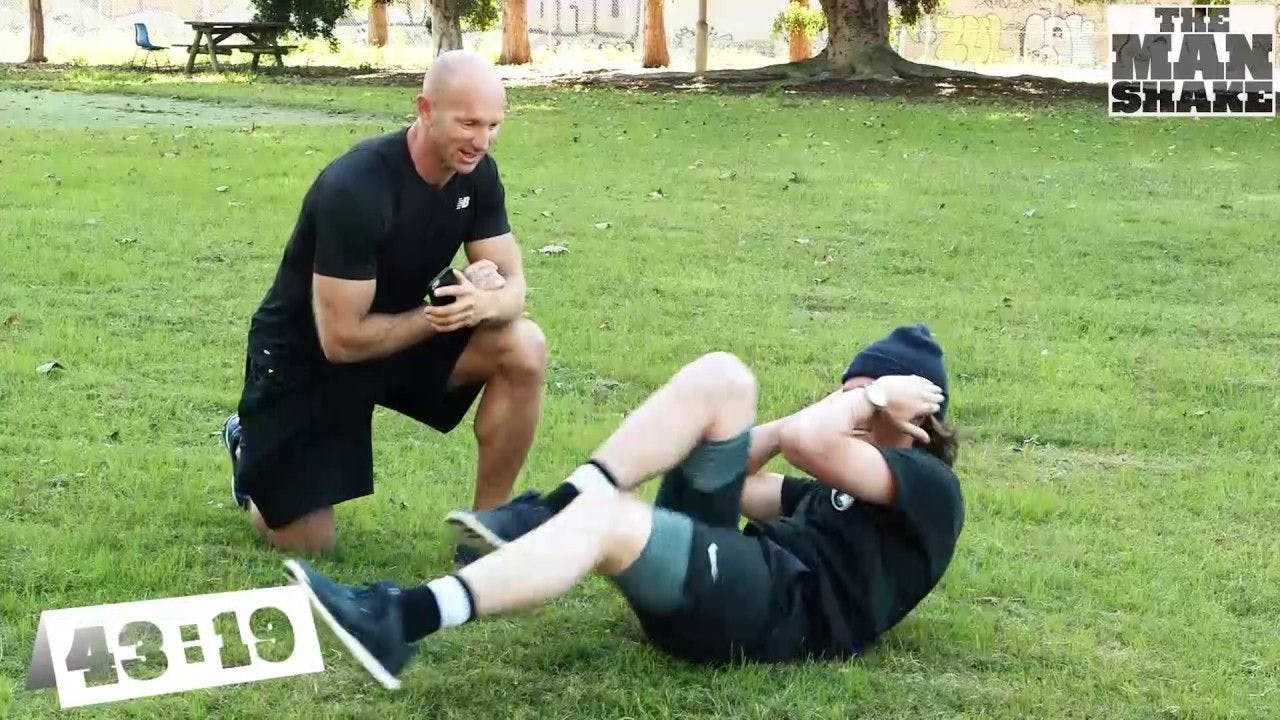Compound Exercises vs Isolation Exercises
•Fitness

Share
Are you familiar with the term ‘compound exercise’? What about the term ‘isolation exercise'?
These are two main forms of resistance training, and if you’re just starting out at the gym, it might be worth finding out what these terms mean, as they could play a significant role in your regime.
What Are Compound Exercises?
A compound exercise is a form of resistance training that involves multiple muscle groups and joints working together to complete an action.
Common examples of compound exercises include push-ups and squats. During a push-up, your shoulder and elbow joints move in tandem to help build your chest, triceps and shoulders. Likewise, when you squat, you exercise your thigh and buttock muscles, along with your back and the muscles in your core.
What Are Isolated Exercises?
Isolation exercises only involve the movement of a single joint. An example of an isolation exercise is a bicep curl, which only requires movement at the elbow joint.
Compound Exercise Groupings
Compound exercises can be grouped based on their primary movement patterns.
Lower body exercises follow a squat pattern. Examples of these include squats and lunges.
Then there are hinge patterns, which involve the person exercising to hinge from a point on their body. Examples of hinge pattern exercises include deadlifts, kettlebell swings and hip thrusts.
Upper-body compound exercises can be grouped into push patterns (think vertical barbell lifts) or pull patterns, which include weighted rows, chin-ups or lat pull-downs.
How Do Compound Exercises Help You?
There’s a school of thought that says practising compound exercises should help you live your life more effectively.
As men age, we lose about 5% of our muscle mass per decade. Many compound exercises mimic real-life movements humans regularly perform. Think about it: a vertical press is a similar action to putting a box on a high shelf, while squatting is a similar action to getting up off the toilet.
If we regularly perform compound exercise resistance training, we should counteract the natural degradation of our muscle strength which can ultimately make simple tasks harder to perform in old age.
That said, compound exercises won’t just help with everyday tasks, they’ll also assist with your strength and athletic ability. Compound exercises use more joints than isolated exercises, so you can lift heavier weights while doing compound exercises relative to isolation exercises. Obviously, lifting heavier weights means you can build muscle strength more efficiently.
Additionally, studies have shown that compound exercise is better for your cardiovascular fitness than isolation exercises.
What About Isolation Exercises?
Please note that we are not advocating giving up isolation exercises. They are easier to learn and perform than compound exercises and are a great way to tack on a little more movement at the end of a gym session.
Additionally, they are equally as effective as compound exercises when it comes to burning fat. Isolation exercises are also great if you just want to focus on building up one particular set of muscle groups.
That said, if you’re looking for a time-effective workout, that aims to train as many muscles as possible, while potentially staving off the effects of ageing, compound exercises are probably your go!
If you're just starting out on your fitness journey, we've got some great tips on overcoming gym anxiety, and if you go too hard, how to recover from a bad workout.





